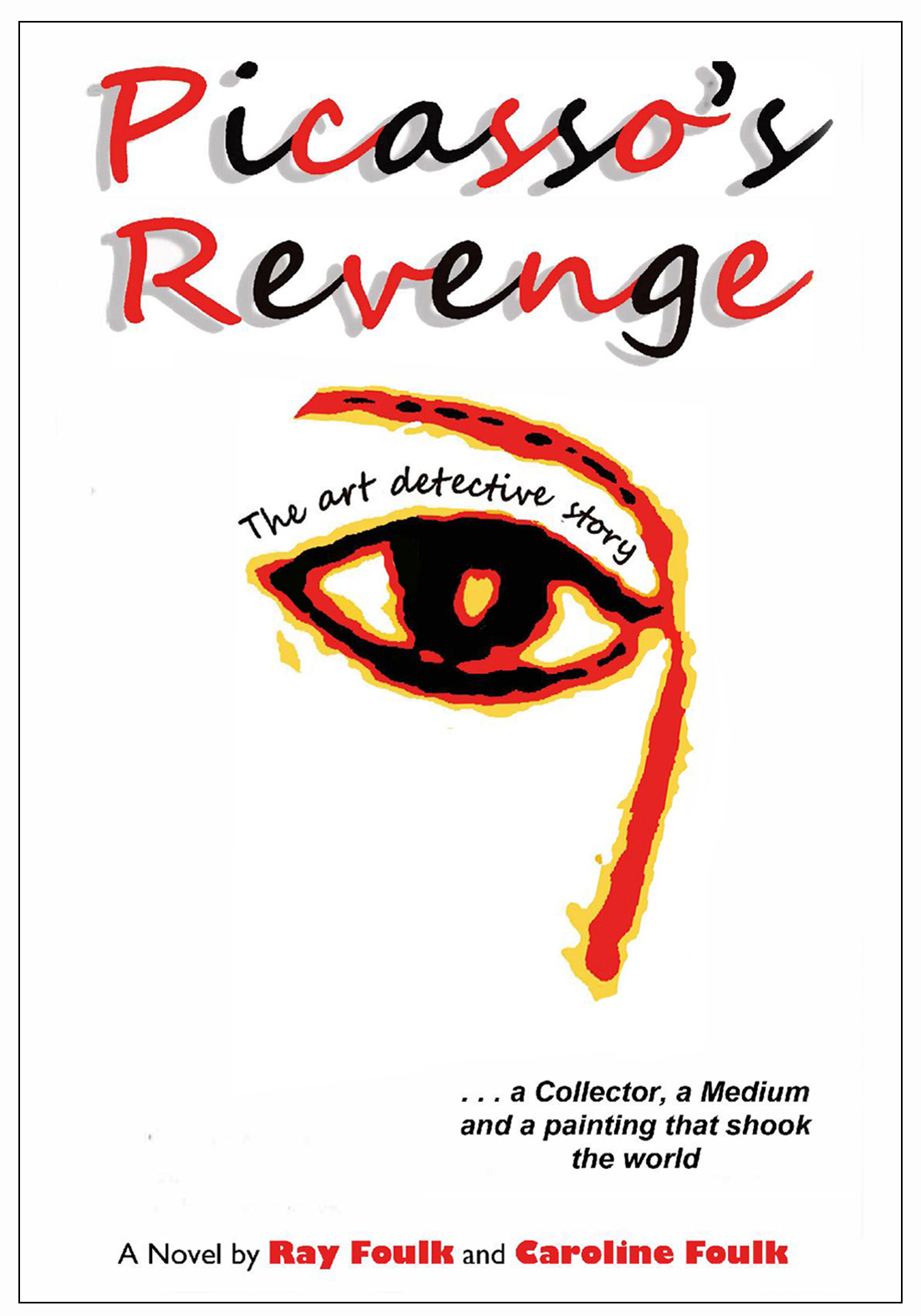Medina Publishing, February 2020. c391p. illus. ISBN 978-1911487340 $23.95.
In this ambitious debut novel, father and daughter co-authors Ray (architect, curator, and author on French Art Deco masters and twentieth century decorative arts) and Caroline Foulk (playwright and teacher) set forth “art’s greatest untold story,” the intersection of the lives of two celebrated men around one of the “most influential” but “barely known” paintings. (“Q & As,” Media Pack) In the early 1920s, French couturier and art collector Jacques Doucet (1853-1929), the founder of the renown, immensely- successful, Belle Epoque, Parisian fashion house bearing his name and a pillar of the establishment in France, acquired one of the world’s most shocking paintings, Pablo Ruiz Picasso’s (1881-1973), Les Desmoiselles d’Avignon, a representation of brothel prostitutes. Believing the work had a connection to his former lover Madame Sonia Roux, who died 14 years earlier when her husband poisoned her, the fashion designer embarked upon an obsessive quest to better understand his lover’s death, the painting, and his previous descent in the world of the Parisian surrealists and occultists. Nearly destroying his health, marriage, reputation, financial well-being, and other aspects of his life, Doucet discovered modern art’s incredible genesis and built a Temple of Arts-- his “Studio”-- in his Rue St. James home in a Parisian suburb that showcased the painting and his significant collection of western and non-western fine and decorative arts objects. On his deathbed, he put to “rest his own demons.” (“Synopsis,” Media Pack) While some readers may find this appropriately subtitled “art detective story” to be overly lengthy and difficult to follow for a number of reasons, it has a lot to recommend it. Firstly, it is based upon the lives of real and convincing characters. The authors tried to stay as faithful as possible to Picasso’s story and to all that we know about the real characters of the time, some of whom were quite obscure or unknown. (“Q & As,” Media Pack) Secondly, the themes of the book— relating to unrequited, lost love, a mysterious death, protracted grief, madness, artistic struggle, man’s struggle with God, the occult world, Belle Ėpoque Paris, developments in the fashion industry, avant-garde art, impotency, suicide, scandal, and more (“Q & As,” Media Pack)—make for compelling, fascinating reading. Based upon significant research undertaken by the authors over the course of thirty years and resumed and continued for over a decade beginning in 2005 (Holloway, Cheryl, “Guest Author Interview-Ray Foulk and Caroline Foulk”), this masterful novel by an expert father and daughter team will interest art aficionados, scholars, historical fiction buffs, fashion enthusiasts, architects, and others. It belongs in many large public and some academic and special libraries with extensive or highly focused art book collections. Strongly recommended. Advance Review Copy. Availability: Amazon.com, Barnes & Noble.com, Medina Publishing.com
Friday, November 1, 2019
Subscribe to:
Posts (Atom)














